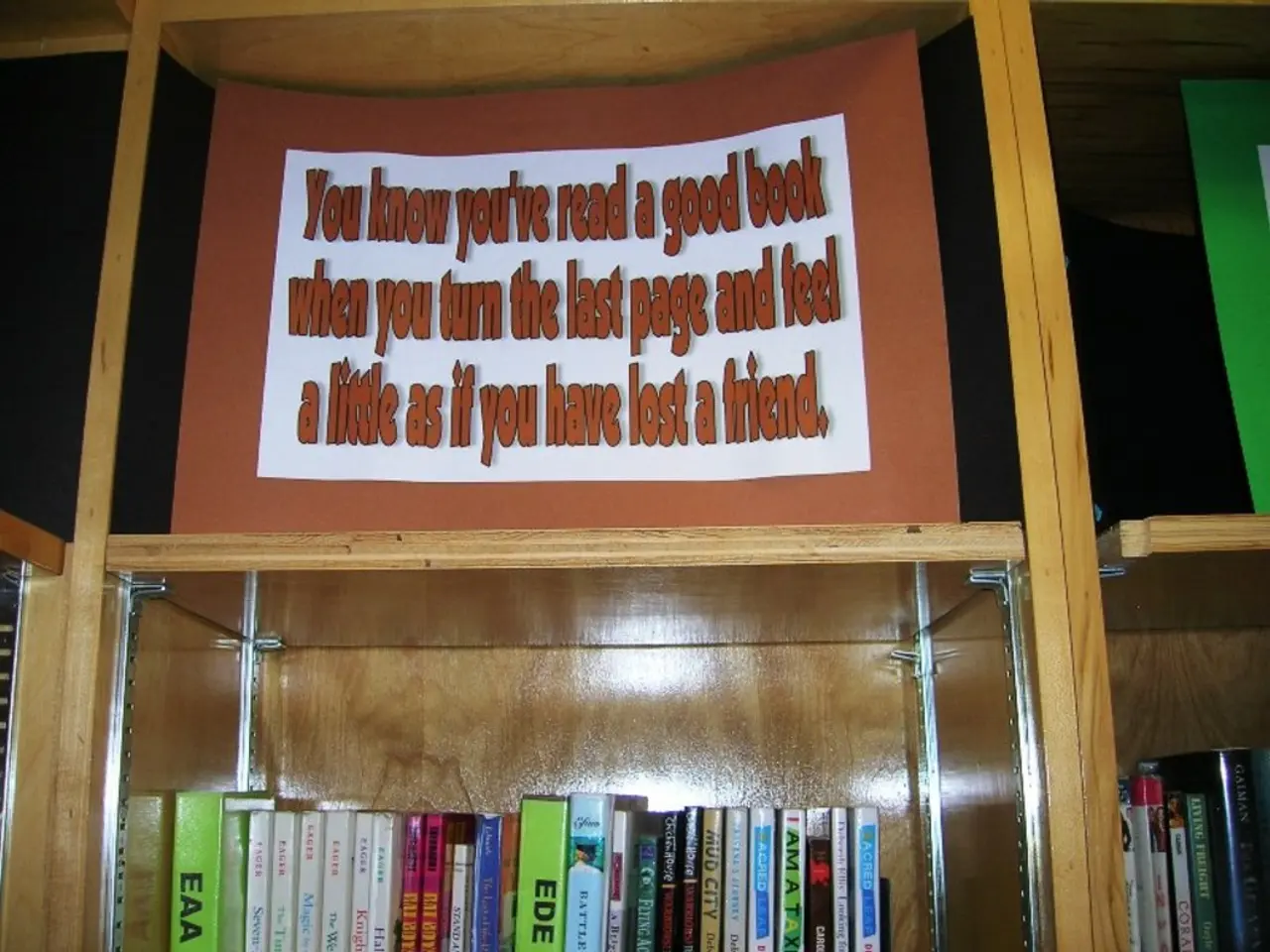Augmented Reality Apps: Facing Obstacles, and Predicted Evolutions
Augmented Reality (AR) is revolutionizing various sectors, offering a wealth of benefits from increased efficiency and engagement to improved learning and experiences. This technology overlays digital content such as images, videos, and 3D models onto the real-world environment, transforming the way we interact with our surroundings.
Education and Learning
AR is enhancing learning efficiency by up to 30%, creating interactive classrooms and promoting hands-on skill development. Google Expeditions, for instance, allows students to take virtual field trips, exploring historical sites or the human body in 3D.
Retail and Real Estate
In the retail sector, AR apps increase engagement by 40%, allowing customers to virtually try products and enhance shopping experiences. Real estate, too, is benefiting from AR, with applications facilitating virtual property tours, space planning, and visualization, making house hunting more convenient.
Healthcare and Manufacturing
AR is playing a crucial role in healthcare, with a 38% annual growth in its application. It's used for surgeries, patient care, and medical training. In manufacturing, AR is improving assembly processes and maintenance by providing step-by-step instructions and reducing errors.
Gaming, Entertainment, and More
The entertainment industry is embracing AR, with applications adding digital elements to live performances, creating immersive experiences. Theme parks, too, are blending physical and digital worlds with AR games, enhancing visitor experiences.
AR in Everyday Life
AR is also transforming journalism by providing immersive storytelling experiences, bringing stories to life and providing readers with a deeper understanding of the news. It's being used to improve accessibility for people with disabilities, providing real-time assistance and navigation aids.
Social and collaborative AR experiences are gaining popularity, allowing users to interact and share AR content in real-time. The rollout of 5G networks will significantly enhance the performance of AR applications.
AR in Specific Industries
AR has applications across various industries, including gaming, education, healthcare, retail, advertising, real estate, navigation, manufacturing, travel, fitness, art, events, social media, emergency response, automotive, interior design, military, food and beverage, and journalism.
Fashion brands are using AR for virtual fashion shows and interactive shopping experiences, while artists are creating virtual performances for fans to experience concerts in their homes.
AR is being used in the military for training and battlefield operations, enhancing situational awareness and decision-making. Proven Reality specializes in developing custom AR applications tailored to various industries, enhancing user engagement and driving growth.
Practical Applications
AR is being used in manufacturing for assembly line work and quality control, reducing downtime and improving efficiency. Brands are using AR to create interactive and memorable marketing campaigns, making advertising more engaging and helping brands stand out in a crowded market.
AccuVein, for example, is an AR application that projects the position of veins onto the skin, aiding healthcare professionals in finding veins for injections. AR-based surgery simulations provide training for surgeons, allowing them to practice complex procedures in a controlled environment.
AR applications like ModiFace allow users to see how makeup products will look on their faces, while Dulux Visualizer helps users see how different paint colors will look on their walls before committing to a purchase.
AR-based navigation apps enhance the travel experience by providing real-time directions overlaid on the real world. The concept of an AR Cloud, a shared digital space where AR experiences are stored and accessed, is gaining traction.
The Future of AR
As AR technology continues to evolve, we can expect to see more innovative solutions for industry-specific challenges in agriculture, logistics, and finance. The integration of AR in everyday life will only continue to grow, offering a more engaging, informative, and efficient experience for all.
- Education is being revolutionized by AR, offering an interactive learning environment that boosts efficiency by up to 30%.
- Google Expeditions allows students to virtually tour historical sites or the human body in 3D, enhancing their understanding.
- Retail apps using AR increase engagement by 40%, allowing customers to virtually try products and improving shopping experiences.
- Real estate companies use AR for virtual property tours, space planning, and visualization, making house hunting more convenient.
- AR plays a crucial role in healthcare with a 38% annual growth, used for surgeries, patient care, and medical training.
- In manufacturing, AR improves assembly processes and maintenance by providing step-by-step instructions and reducing errors.
- The entertainment industry is leveraging AR to add digital elements to live performances, creating immersive experiences.
- AR is transforming journalism by providing immersive storytelling experiences that bring stories to life and provide a deeper understanding.
- AR applications are being developed to improve accessibility, providing real-time assistance and navigation aids for people with disabilities.
- Social AR experiences are gaining popularity, allowing users to interact and share AR content in real-time.
- The future of AR looks promising, with potential applications in agriculture, logistics, finance, art, events, and more, offering a more engaging, informative, and efficient experience.




